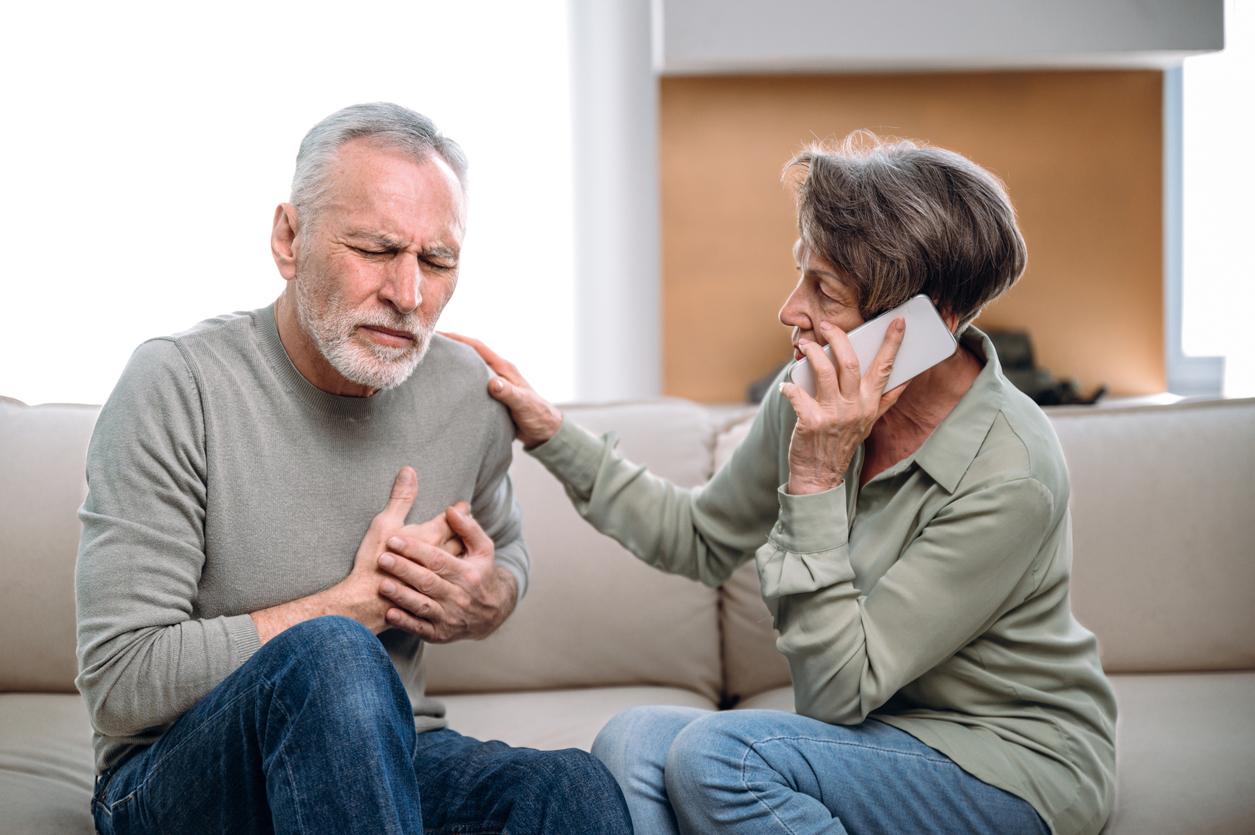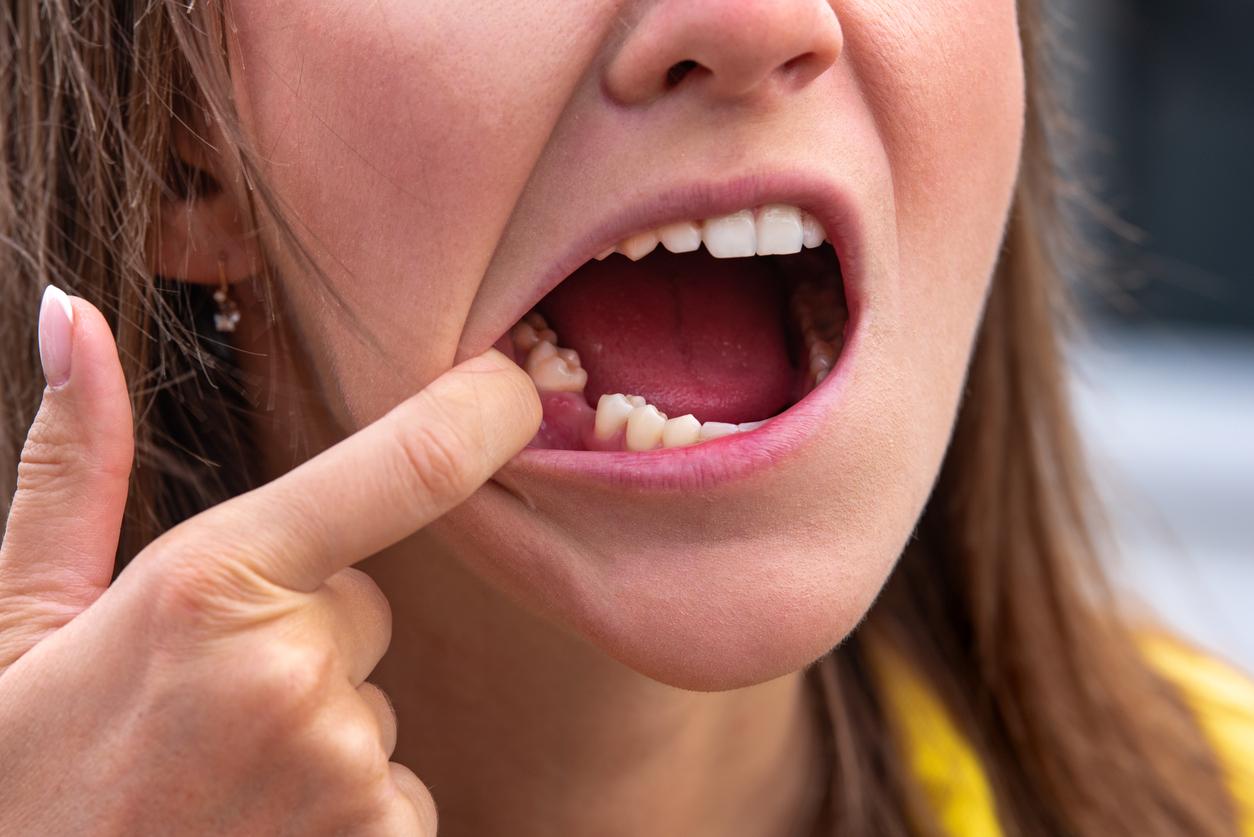Energy drinks can promote the development of cardiac arrhythmias in at-risk patients who are unaware they have a genetic condition.

Caffeine, taurine… Nothing better than energy drinks to get you going. Often consumed in a festive setting, these beverages are however not without effect. They might even turn out to be more dangerous than expected. According to a small study published in the‘International Journal of Cardiology, Redbull et al can threaten the heart health of young people.
A disease often overlooked
The work took place within the walls of the Royal Prince Alfred Hospital in Sydney (Australia), where researchers gathered 24 people with long QT syndrome. This genetic disease manifests itself in an altered heart rate. It is relatively common since one in 2,000 people in the world suffers from it… without knowing it.
But consuming energy drinks may well reveal cases of Long QT syndrome in the worst possible way: through some serious incident. Indeed, participants who drank a low dose of these preparations showed a worsening of several indicators.
A marked arrhythmia
As caffeine and taurine increase in their blood, volunteers see their blood pressure rise by 10%. For more than one in ten patients, the QT segment – measured with an electrocardiogram – lengthens dangerously. A marked arrhythmia sets in. Undetected, it can be fatal.
These results have something to alert, for Belinda Gray, who signs this work. “For ethical reasons, we could only give patients low doses of energy drinks, but in reality many young people consume four or more drinks with alcohol in one evening,” she explains.
This is not the first time that doubts have been expressed about energy drinks. These are regularly the subject of studies with alarming conclusions. So much so that the European Parliament tried to ban health claims on cans for sale. The National Health Security Agency (ANSES), for its part, dedicated an entire report to the subject. Made public in 2013, it encourages consumers to limit their absorption. 7% of French people exceed the toxic threshold.
.















